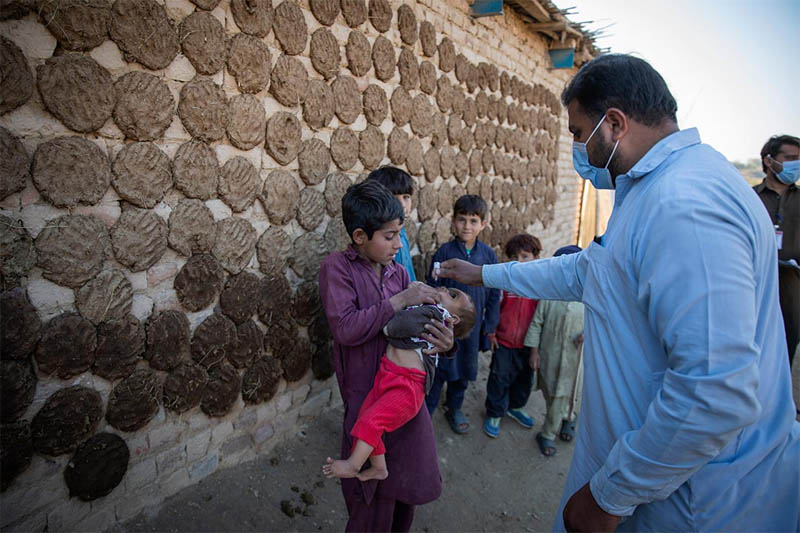NEW DELHI, Sept 19: In 1988, a collection of health and nonprofit organizations launched a vaccination program to eradicate polio, and the World Health Organization resolved to accomplish this lofty goal by 2000. More than 20 years later, the Global Polio Eradication Initiative (GPEI) has yet to cross the finish line. A new, sharply critical report issued on 8 September by an independent monitoring board says GPEI is likely to miss yet more deadlines, and faults it for long embracing “a highly positive public ‘almost there’ narrative that was close to magical thinking.”
Through massive vaccination campaigns GPEI has decreased cases of polio by 99%. Only two countries, Afghanistan and Pakistan, continue to have cases of paralysis caused by wild poliovirus, with only seven documented this year up to 12 September. Yet paradoxically, the bigger threat today comes from the vaccines themselves, which contain a weakened version of the virus. On rare occasions, the vaccine viruses revert to virulence, and in areas with low vaccination rates, they can circulate. This year, circulating vaccine-derived poliovirus (cVDPV) has accounted for 246 cases of paralysis, many of them in Africa.
The first polio vaccine, which went into use in 1955, was a shot containing inactivated polioviruses, and although it protected people from paralytic disease, it did little to stop poliovirus transmission. The weakened viruses in the oral polio vaccine (OPV), introduced in the 1960s, block transmission and can spread through communities to protect even unvaccinated people. OPV is also less expensive and easier to use than the inactivated poliovirus vaccine (IPV). But because of the potential for rare cases of vaccine-derived poliovirus, many countries—including the United States—returned to IPV after they eliminated polio.
The eradication campaign originally relied on a “trivalent” OPV against the three poliovirus types. But because the majority of cVDPV was type 2, GPEI in 2016 replaced it with one that just contained type 1 and type 3 viruses. This dramatically reduced cases of cVDPV. But type 2 cVDPV persisted in some environments, and GPEI tried to stamp out those outbreaks with the targeted use of a monovalent type 2 vaccine. In 2021, GPEI began to use a “novel” monovalent type 2 vaccine that was more genetically stable and less likely to revert to virulence.
But the new report says GPEI will probably fail to meet its current goal of stopping both wild type and vaccine-derived virus transmission by the end of this year and achieving full eradication by 2026. The report blames civil unrest, the COVID-19 pandemic, and political instability and indifference. But it also says GPEI’s approach to cVDPV has been “marred by rigid attitudes, missed opportunities, lack of foresight, and an inability to adapt swiftly to evolving circumstances.”
Science spoke with Tom Frieden, one of four members of the independent monitoring board that wrote the report. The former head of the U.S. Centers for Disease Control and Prevention (CDC), Frieden now runs a nonprofit, Resolve to Save Lives, that targets epidemics and cardiovascular disease. This interview has been edited for brevity and clarity.


